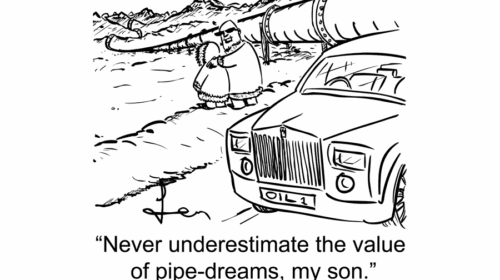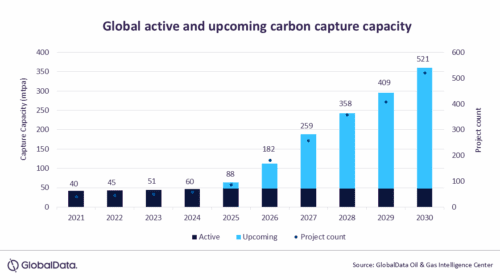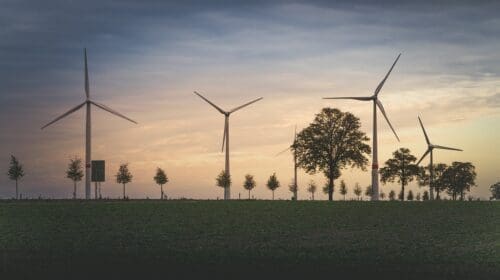Part Two – Wildcat Voices
Debora Strutz. Debora collects and creates jewelry. She also fishes, photographs Alaskans and Alaskan scenery and writes. She built a home with her mother on the Kenai peninsula and can handle almost any home repair building project. This interview occurred in her Anchorage home, where she spent most of her time. When I approached her home for the interview, it looked like an oceanfront residence, with shells, glass floats, nets and other fishing gear surrounding the stairs to the entrance.
Capitalizing on the strengths garnished from her independent nature while working on the Slope, Debora used her intelligence and Iñupiat values to overcome gender stereotypes, along with Black and Native prejudice. Like the Alaskan Native generations before her, she prioritized safety and the importance of understanding snow and ice. She described in detail what it was like to work as a bus driver with a pipeline crew and how important her role was for the successful completion of a large project.
– Carla Williams
Wearing a Spirit Bag
I was born and raised in Anchorage and, when I was 19, I joined the Teamsters Union and was dispatched on several local jobs. In 1975, I was dispatched to work on the TAPS [Trans-Alaska Pipeline System] project. I worked on the TAPS from 1975 to 1977. I was 23 years old when I started my pipeline experience; I was dispatched to Coldfoot Camp in Section Four. I went back for winter work, which was January 25th through April 15th, and in Prudhoe Bay from 1999 through 2001.
After taking many safety classes in Anchorage, I packed up the bare necessities and personal protective equipment (PPE) and, before I knew it, I was on a plane to Prudhoe Bay, the Arctic of Alaska. When I arrived, I would be whoever I wanted to be. People didn’t know you; they only saw what you presented to them.
You didn’t have your family with you; you built a family of pipeline workers. Some people returned home on a regular basis and lived the life they still had there, and then they went home and became a stranger in their own house. After a while, people continued returning to the Slope, going farther and farther away from their families.
I was dispatched on different jobs, but remained in Alaska, which made a big difference. I wore a spirit bag and had my Native heritage and, in Prudhoe Bay, prayed every night with my son over the phone. This was my first experience with the word “minority.”
No Studs, No Chains – Just Guts
When I first started driving up there, it was very hard. I was surprised they didn’t use chains or studs. Sometimes, they had the delineators (reflective safety posts) on the side of the road. The road itself was double wide; then, the road would usually drop off about four feet. If you were driving, especially at night, coming and going with the crew, you would lose sight of those delineators, or the wind would be blowing and you couldn’t see them.
There were times when we slid; I won’t say there weren’t. When they “hot mopped” the road (applied water to ice roads to repair cracks), usually there were signs up. But, if the wind had blown the signs down, you’d find yourself driving on a mirror. And, right next to that mirror was the pipeline, so you did the best you could. I never got into a bad situation I could not get myself out [of].
Condensed and excerpted by permission. Wildcat Women: Narratives of Women Breaking Ground in Alaska’s Oil and Gas Industry by Carla Williams (University of Alaska Press; August 2018). www.alaska.edu/aupress.
Oil and gas operations are commonly found in remote locations far from company headquarters. Now, it's possible to monitor pump operations, collate and analyze seismic data, and track employees around the world from almost anywhere. Whether employees are in the office or in the field, the internet and related applications enable a greater multidirectional flow of information – and control – than ever before.









